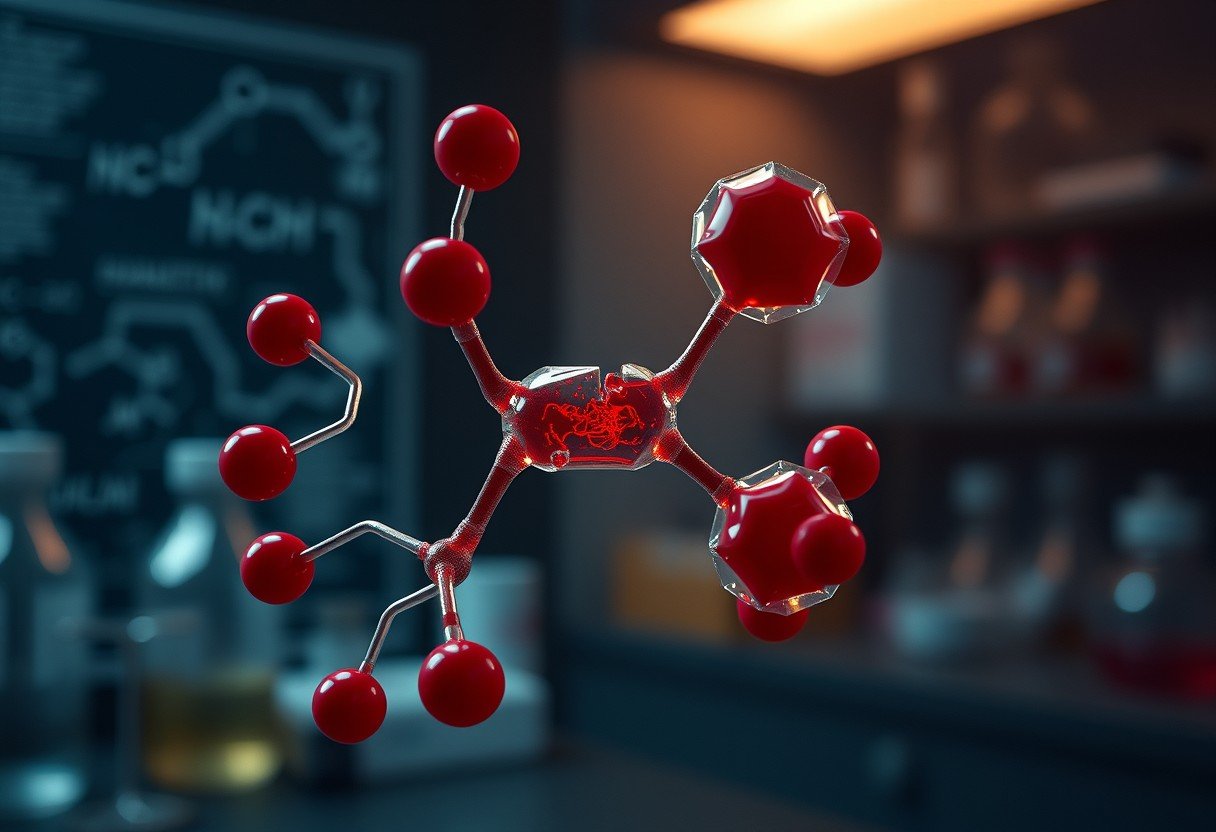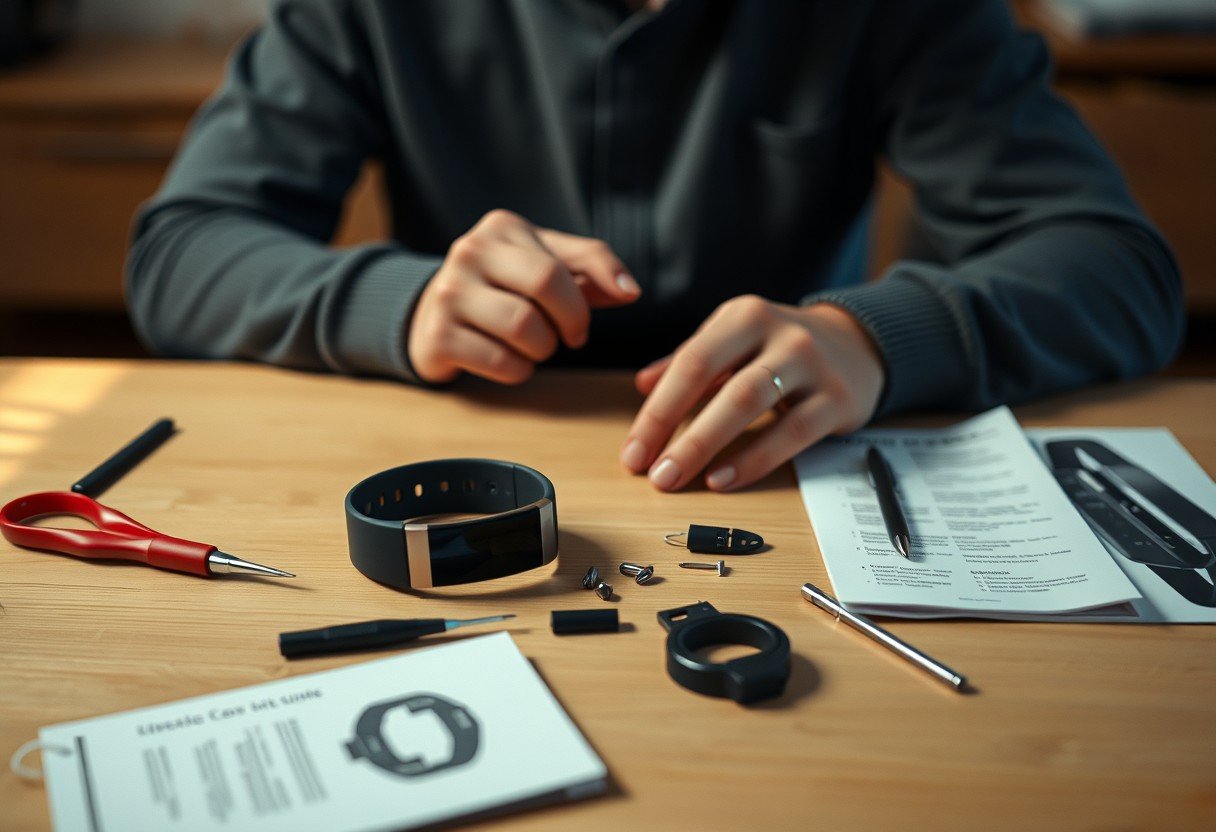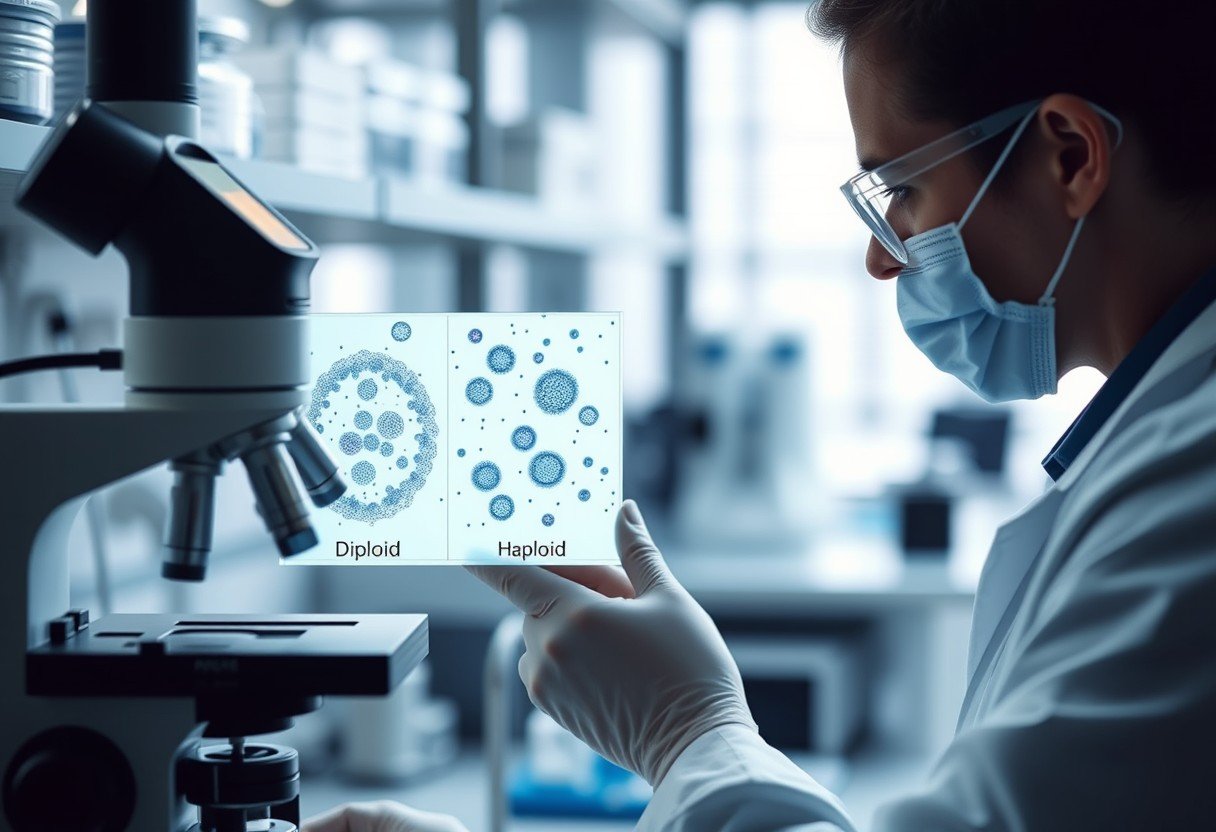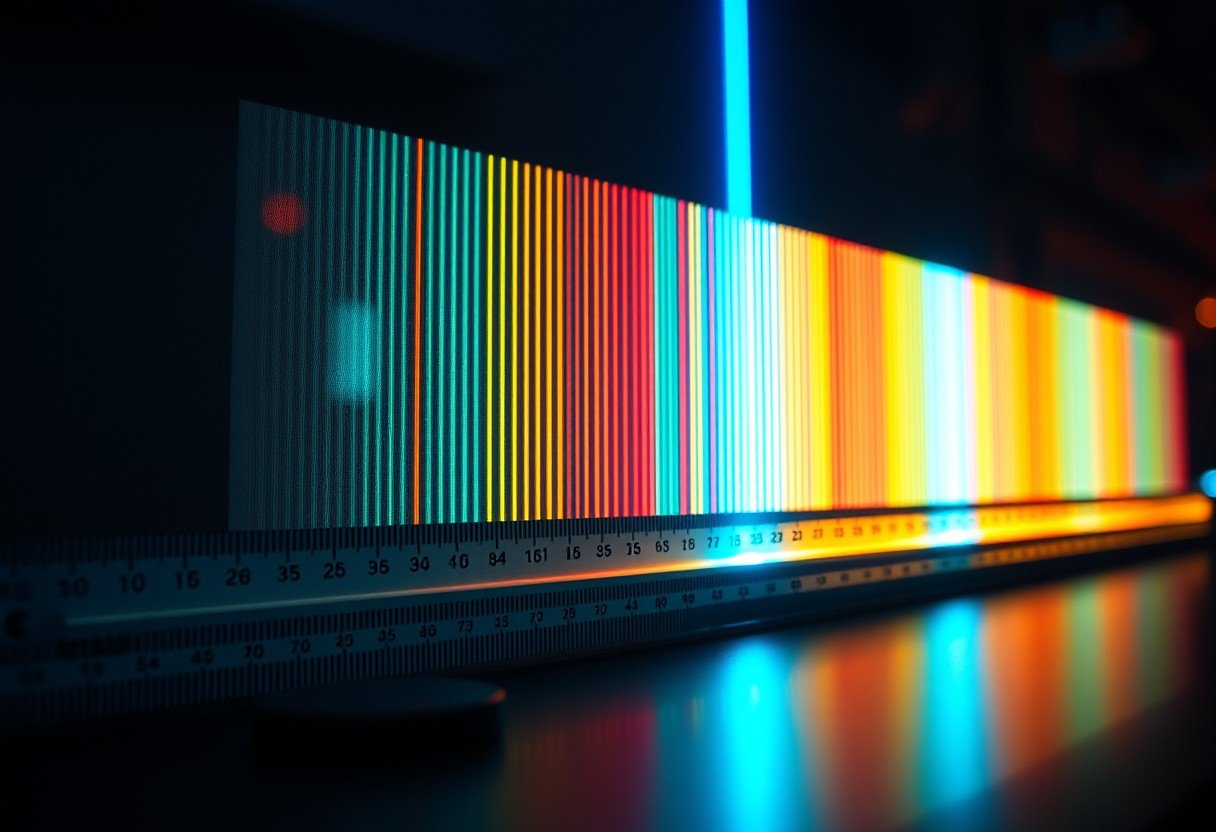Your body has an incredible recycling system, and the breakdown of old red blood cells is a prime example. Hemoglobin, the oxygen-carrying protein in these cells, is meticulously processed. Specifically, the heme group within hemoglobin is transformed through a multi-step process in the liver and intestines, ultimately becoming stercobilin. This pigment is what gives feces its characteristic brown color, showcasing a fascinating journey from your bloodstream to your digestive waste.
What is Hemoglobin and Why is it Important?
Hemoglobin is a complex protein found inside your red blood cells. Think of it as the body’s dedicated oxygen delivery service. Its structure is key to its function, consisting of four protein chains, known as globin, with each chain holding a special iron-containing compound called a heme group.
It’s this heme group that allows hemoglobin to bind to oxygen in your lungs and transport it throughout your body. As blood circulates, hemoglobin releases oxygen to tissues and cells that need it for energy production. Without this efficient transport system, your cells would be starved of the oxygen they need to function and survive.
The iron atom at the center of each heme group is what physically grabs onto oxygen molecules. This unique chemical structure makes hemoglobin essential for respiration and overall metabolic health, highlighting its vital role in keeping your body running smoothly every second of the day.
The Journey Begins: How Hemoglobin is Broken Down
Red blood cells have a lifespan of about 120 days. Once they become old or damaged, they are removed from circulation, primarily in the spleen and liver. This cleanup job is handled by specialized immune cells called macrophages.
Macrophages engulf these old cells through a process called phagocytosis and break them down. Inside the macrophage, hemoglobin is split into its two main components: the globin protein chains and the heme groups.
The globin chains are further broken down into their building blocks, amino acids. These amino acids are then recycled and used by your body to build new proteins. The heme group, however, begins a more complex transformation to be safely eliminated from the body.
From Heme to Bilirubin: A Critical Transformation
Once separated from globin, the heme group undergoes a two-step enzymatic conversion. First, an enzyme called heme oxygenase breaks open the heme ring, releasing its iron atom for recycling and creating a green pigment called biliverdin.
In the second step, another enzyme, biliverdin reductase, quickly converts biliverdin into bilirubin. Bilirubin is a yellow-orange pigment and is the main substance that needs to be processed for excretion.
This initial form of bilirubin is called unconjugated bilirubin. It is not soluble in water, which means it cannot travel freely in the bloodstream. To solve this, it binds to a protein called albumin, which acts as a shuttle, safely transporting it to the liver for the next stage of processing.
The Liver’s Role in Processing Bilirubin
The liver is the body’s primary detoxification center, and it plays a crucial role in preparing bilirubin for removal. When albumin-bound bilirubin arrives at the liver, it is taken up by liver cells, known as hepatocytes.
Inside the hepatocytes, bilirubin undergoes a process called conjugation. This involves attaching glucuronic acid to the bilirubin molecule, a reaction facilitated by the enzyme UDP-glucuronosyltransferase. This chemical change makes bilirubin water-soluble, transforming it from toxic unconjugated bilirubin into harmless conjugated bilirubin. This new form can be easily excreted from the body.
Here is a simple breakdown of the two types of bilirubin:
| Type of Bilirubin | Solubility | Key Characteristic |
| Unconjugated Bilirubin | Fat-soluble | Travels in blood bound to albumin; toxic if levels are too high. |
| Conjugated Bilirubin | Water-soluble | Processed by the liver; ready for excretion into bile. |
Once conjugated, bilirubin is secreted from the liver into the bile ducts. From there, it travels with bile into the small intestine to aid in digestion and continue its journey.
How Gut Bacteria Create Stercobilin
After conjugated bilirubin enters the intestines as part of bile, it encounters the vast community of bacteria that make up your gut microbiome. These intestinal bacteria are essential for the final steps of bilirubin metabolism.
Bacterial enzymes go to work on the bilirubin, converting it into a series of other compounds, primarily urobilinogen. A portion of this urobilinogen is reabsorbed back into the bloodstream to be excreted by the kidneys (as urobilin, which gives urine its yellow color), but most of it remains in the intestine.
The remaining urobilinogen in the large intestine is then oxidized by gut bacteria into stercobilin. Several factors can influence how efficiently this process occurs:
- Gut Microbiome Health: The balance and diversity of your intestinal bacteria play the most significant role.
- Diet: A diet rich in fiber can support a healthy gut microbiome, aiding the conversion process.
- Liver Function: Proper liver function is necessary to ensure a steady supply of conjugated bilirubin to the gut.
Why Stercobilin is Important for Your Health
Stercobilin is the pigment that gives feces its characteristic brown color. Its presence is a sign that your body’s system for breaking down old red blood cells and processing waste is working correctly.
The color of your stool can be a valuable indicator of your health. For instance, if the flow of bile to the intestines is blocked, bilirubin cannot reach the gut bacteria. This results in a lack of stercobilin production, leading to pale or clay-colored stools, which is a key symptom of conditions like biliary obstruction or certain liver diseases.
Therefore, observing stool color can provide important clues about the health of your liver and biliary system. It reflects the successful completion of a complex metabolic pathway, from a vital protein in your blood to a simple waste product.
Frequently Asked Questions
What part of hemoglobin gives stool its color?
The heme portion of the hemoglobin molecule is what ultimately gives stool its color. It is converted into bilirubin and then metabolized by gut bacteria into stercobilin, the brown pigment in feces.
What happens to the iron in hemoglobin when it’s broken down?
When the heme group is broken down, the iron atom is released. This iron is then recycled by the body, transported by a protein called transferrin to the bone marrow to be used in the production of new red blood cells.
Can the color of my stool indicate a health problem?
Yes, stool color can be an important health indicator. Pale or clay-colored stools may suggest a problem with bile flow from the liver or gallbladder, while other colors can indicate different digestive issues or be influenced by diet.
What is the difference between bilirubin and stercobilin?
Bilirubin is a yellow pigment formed during the initial breakdown of heme in the spleen and liver. Stercobilin is a brown pigment formed in the large intestine when gut bacteria process bilirubin. Bilirubin is an intermediate product, while stercobilin is the final waste product excreted in feces.









Leave a Comment